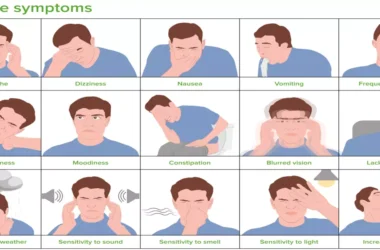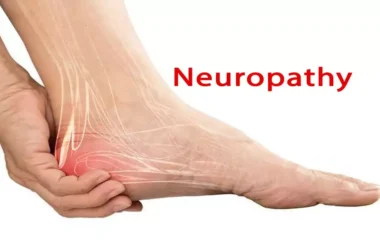[ez-toc]
Introduction
In a world where a sedentary lifestyle poses a significant risk to heart health, understanding the signs of heart problems during exercise becomes crucial.
This article explores the various facets of heart health, from risk factors to precautions, warning signs, and necessary preparations. Let’s delve into the world of cardiovascular health and discover how to exercise safely.
The Risk Factors
- Sedentary Lifestyle
- High-Saturated Fat Diet
- Type 2 Diabetes
- High Blood Pressure
- Smoking
- High Cholesterol
- Obesity
- Family History of Heart Disease
Importance of Reducing Risk Factors
Reducing these risk factors can significantly decrease the chances of heart attack or stroke, emphasizing the need for a proactive approach towards heart health.
Also Read: The Benefits of Stretching and Why It Feels Good
Lifestyle modifications, such as incorporating regular aerobic exercise like walking, have proven effective in improving heart health.
Exercise and Heart Health
Understanding the delicate balance between the benefits of exercise and potential risks is vital. While exercise is generally safe and beneficial, certain precautions should be taken, especially for individuals with existing heart conditions or those new to physical activity.
Why Take Precautions?
- Risk Factors Identified by Your Doctor
- Recent Heart Attack or Heart Problem
- Previous Inactivity
Starting Slow for Safety
Starting an exercise regimen slowly is key to preventing adverse effects, particularly for those new to physical activity.
Consulting with a healthcare professional before embarking on a new exercise program is advisable. Medical supervision may be necessary initially.
Signs of Heart Trouble During Exercise
- Chest Discomfort
- Mild discomfort, pressure, squeezing, or fullness in the chest.
- Seek medical attention if symptoms persist.
- Shortness of Breath
- Unusual breathlessness during activity.
- A precursor to a heart attack, even without chest discomfort.
- Dizziness or Light-headedness
- Immediate cessation of exercise if experiencing dizziness or light-headedness.
- Heart Rhythm Abnormalities
- Sensation of irregular heartbeats.
- Prompt medical attention required.
- Discomfort in Other Areas
- Pain or pressure in arms, back, neck, jaw, or stomach.
- Discomfort radiating to different body parts.
- Unusual Sweating
- Nausea and cold sweat as warning signs.
- Different from normal exercise-induced sweating.
Call 911 – Timing is Critical
In dealing with potential heart problems during exercise, timing is critical. Immediate action is essential, and waiting is not an option.
Recognizing the urgency, the American Heart Association recommends waiting no more than a few minutes to call 911.
Be Prepared
Being prepared is key when seeking medical help after experiencing symptoms during exercise. Answering questions about the onset, nature, and accompanying symptoms will aid healthcare providers in delivering optimal care.
Outlook
Heart disease claims the lives of approximately 600,000 Americans annually. While exercise is a potent weapon against this statistic, it must be approached with care.
Utilizing a heart rate monitor and staying within the 60 to 80 percent of the maximum heart rate range during exercise can be beneficial.
Conclusion
Exercise is a powerful tool in the fight against heart disease, but understanding the signs of potential problems during physical activity is paramount.
By taking precautions, recognizing warning signs, and acting promptly, individuals can make their exercise routines safer and contribute to overall heart health.




